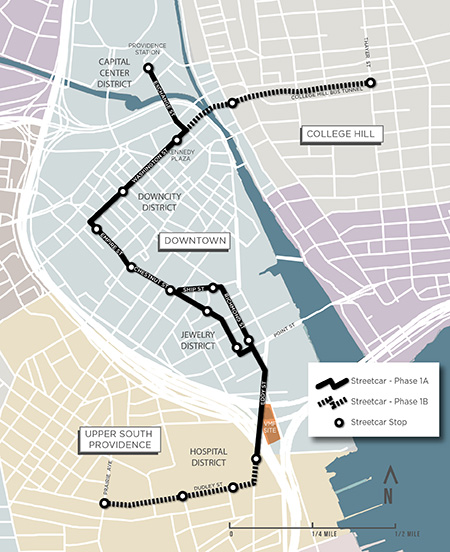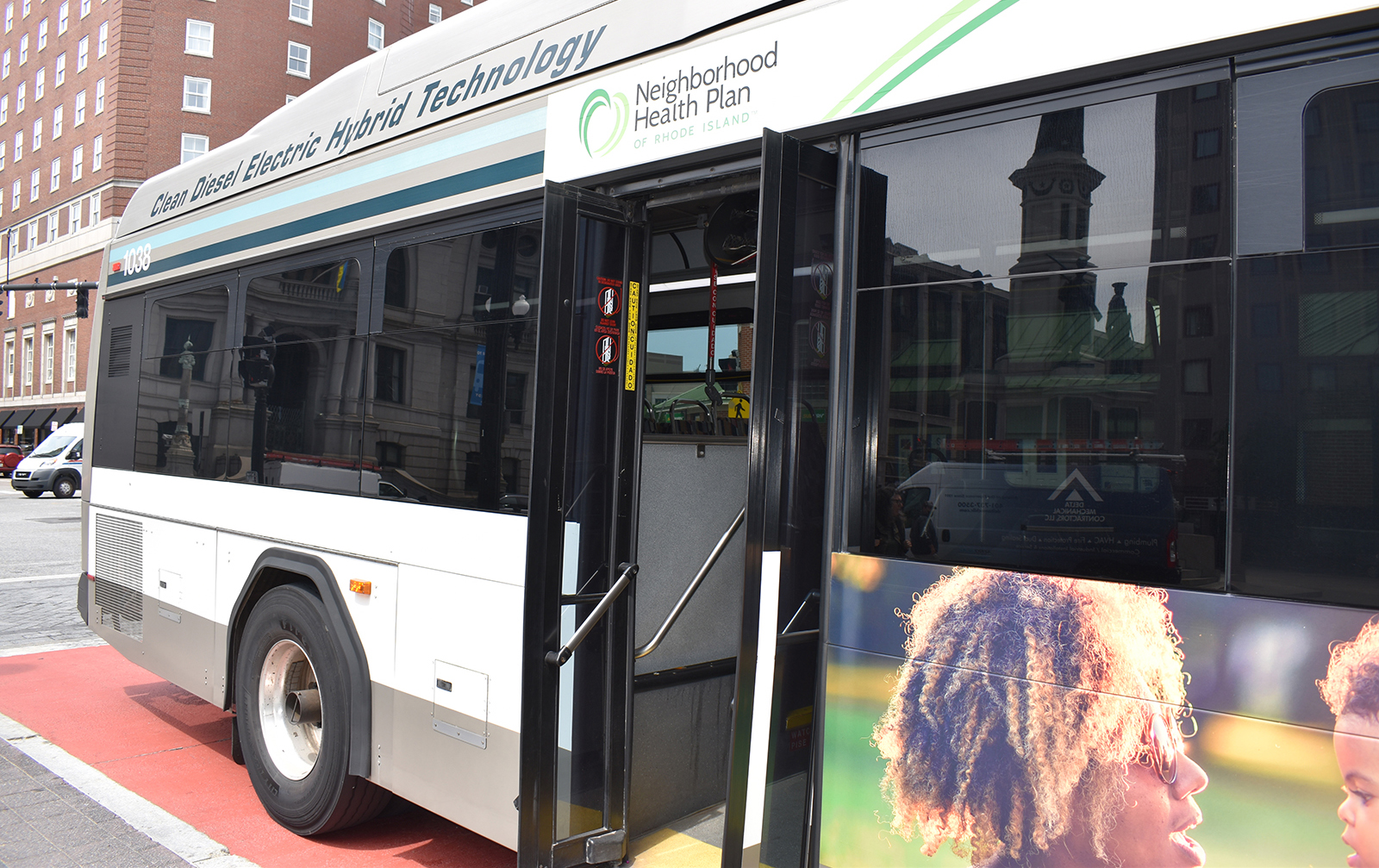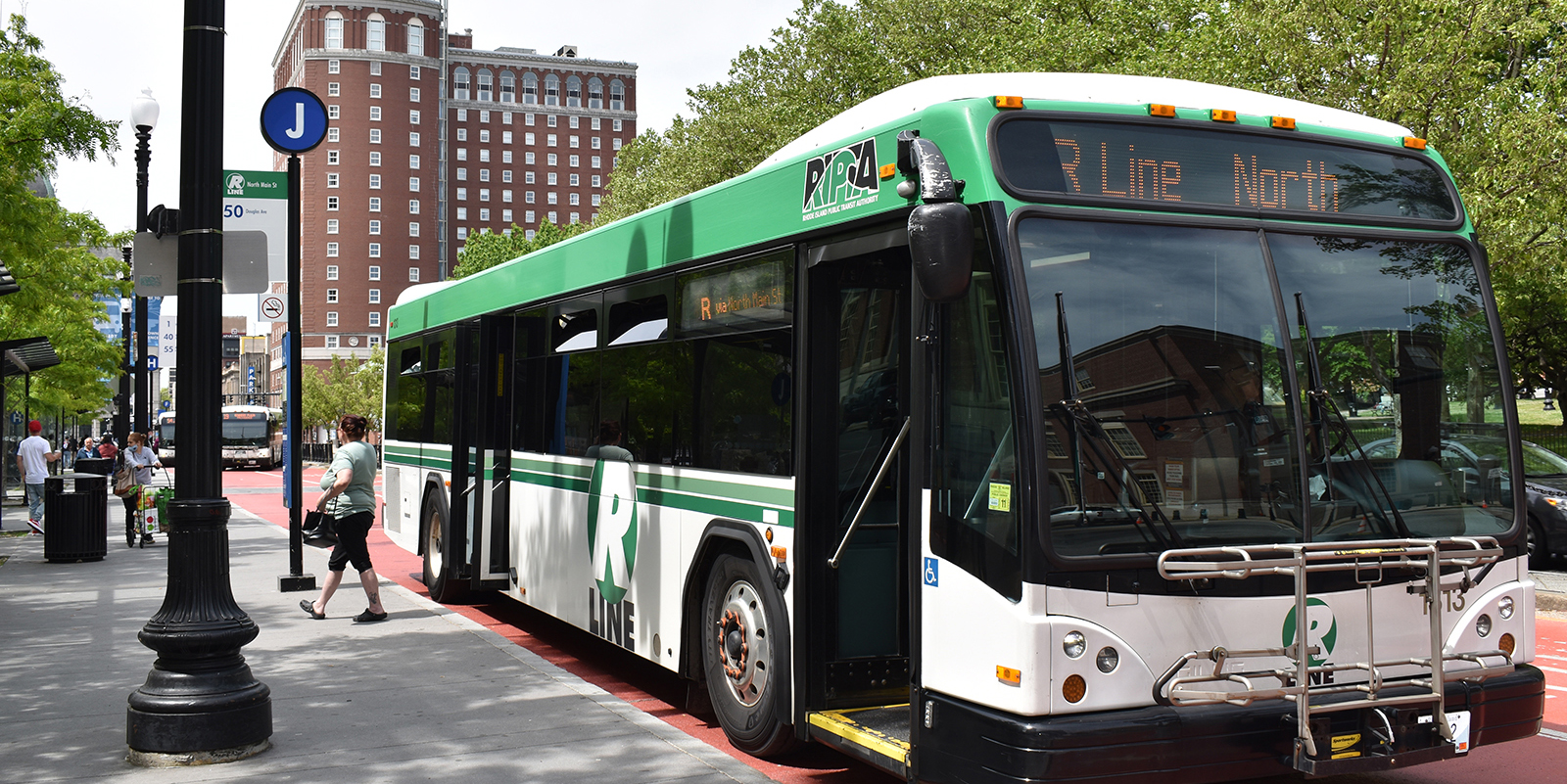RIPTA Riders Don’t Desire a Providence Streetcar
May 7, 2015
PROVIDENCE — Some public transit advocates are questioning City Hall’s effort to join the Rhode Island Public Transit Authority (RIPTA) board, calling it a ploy to approve the controversial streetcar proposal and other projects.
“I believe the mayor may want to get on the board because RIPTA is not enthusiastic about the streetcar,” Barry Schiller, who served on RIPTA’s board from 1995-99, said during a May 5 hearing for a House bill to expand the state public transit board of directors.

The streetcar project has been contentious, mostly for its cost, since it was first proposed in 2006 by then-Mayor David Cicilline. Former Mayor Angel Taveras supported the project, as does current Mayor Jorge Elorza.
In 2011, RIPTA released a proposal for a $117 million, 2-mile “core connector” streetcar from the Jewelry District, through downtown and ending in College Hill. The latest version of the project consists of two phases. The first, with a reduced cost of $100 million, is a 1.6-mile route from the Amtrak station across from the Statehouse to Rhode Island Hospital on the city’s South Side. Extensions to College Hill and Upper South Providence would be built in a second phase.
The city is considering a proposal to fund $58 million through tax-increment financing and paying the rest with state and federal funds.
Critics claim the project is too expensive, doesn’t help low-income groups and ignores higher priority transit needs. Schiller said the streetcar system also duplicates existing bus routes, make streets more crowded and moves relatively slow.
“I know that they have hopes for economic development by the streetcar, but as a transit thing, the city’s priority is contrary to what transit people should really support, because the streetcar also has an operating deficit of well over $3 million and RIPTA is already facing a deficit,” Schiller said.
RIPTA estimates a $1.2 million revenue shortfall this year and $5.6 million deficit the next year fiscal year.
City planner Bonnie Nickerson didn’t address the streetcar proposal in her testimony, but said the city hosts RIPTA’s main hub, in Kennedy Plaza, among other existing and future transportation services and therefore deserves a vote on the board of directors.
“We help to fund many initiatives and we’d like to have a say in how those initiatives get implemented,” Nickerson said.
Nickerson’s office did not respond to requests for an interview.
According to RIPTA, Warwick Mayor Scott Avidesian, who chairs RIPTA’s board, supports having the Providence mayor on the board. The eight-member committee hasn’t formally voted on the streetcar project, but RIPTA planners are coordinating with city planners in the event the project is approved.
Public transit advocate Randall Rose, of the RIPTA Riders Alliance, said having City Hall on the board may mean projects get approved that benefit the city but not public transit riders.
“The streetcar could be a good thing,” he said. “Unfortunately, there is also an all-too-real possibility that a streetcar is going to be drawing funding at the expense of RIPTA’s regular service. And the streetcar is not as efficient in improving the economy as RIPTA’s regular service is.”
RIPTA’s board needs members who represent many of its riders, such as students, commuters and job-seekers, Rose said.
“RIPTA is an important part of the state’s economic engine but has rarely been treated as such,” he said.
Other transit advocates suggested that RIPTA’s board also include a regular bus rider, as well as more diversity.
“The board, for the most part, has been all white, all male. When I was on the board I was the only non-white person and only female,” said Rochelle Lee, who served on RIPTA’s board from 2002-07.
RIPTA’s current board members are all appointed by the governor. Only the director of the Department of Transportation has a permanent seat. The governor is encouraged to choose members from the National Federation of the Blind of Rhode Island, the Sierra Club of Rhode Island, the Rhode Island AFL-CIO, the RIPTA Transportation Advisory Committee and from the Rhode Island League of Cities and Towns.
The bill was held for further study.
Categories
Join the Discussion
View CommentsRecent Comments
Leave a Reply
Your support keeps our reporters on the environmental beat.
Reader support is at the core of our nonprofit news model. Together, we can keep the environment in the headlines.
We use cookies to improve your experience and deliver personalized content. View Cookie Settings




The Coalition for Transportation Choices issued this statement about the proposed streetcar in October, 2011
http://www.rictc.net/2011/10/26/city-ripta-schedule-open-houses-on-providence-streetcar-proposal/
The RIPTA Riders’ Alliance doesn’t represent me as a RIPTA rider, and I wish that Eco RI News would call them "the RIPTA Riders’ Alliance" rather than just "RIPTA Riders" which is misleading. They’ve proposed a number of positions that don’t make much sense in the past. Their loudest campaign was to stop RIPTA from removing unnecessary stops from routes, even though our stops are objectively far too close together and causing the system to operate inefficiently for riders. Even the R-Line, which has achieved an 18% reduction in travel time for passengers, has too many stops–there are two stops for one grocery store, for instance–but RIPTA Riders’ Alliance would have us put even more stops in.
I agree with many of the criticisms that can be made of the streetcar, and have made them myself, but I have lately become annoyed at the fetish that RIPTA Riders’ Alliance has with stopping the streetcar. There are far more important goals we should push than that. The state is set to spend five times as much money on the 6/10 Connector. We can debate the extent to which the streetcar is useful, but it will definitely be an incremental good. The 6/10 Connector ruins the community around it, and if rebuilt, will be with us in its current form for thirty to fifty years.
RIPTA Riders’ Alliance should stop acting like it speaks for all of us who take buses.
Here’s the article where I outlined my thoughts on why we should accept the streetcar at this point:
http://www.rifuture.org/put-providence-streetcar-in-proper-context.html